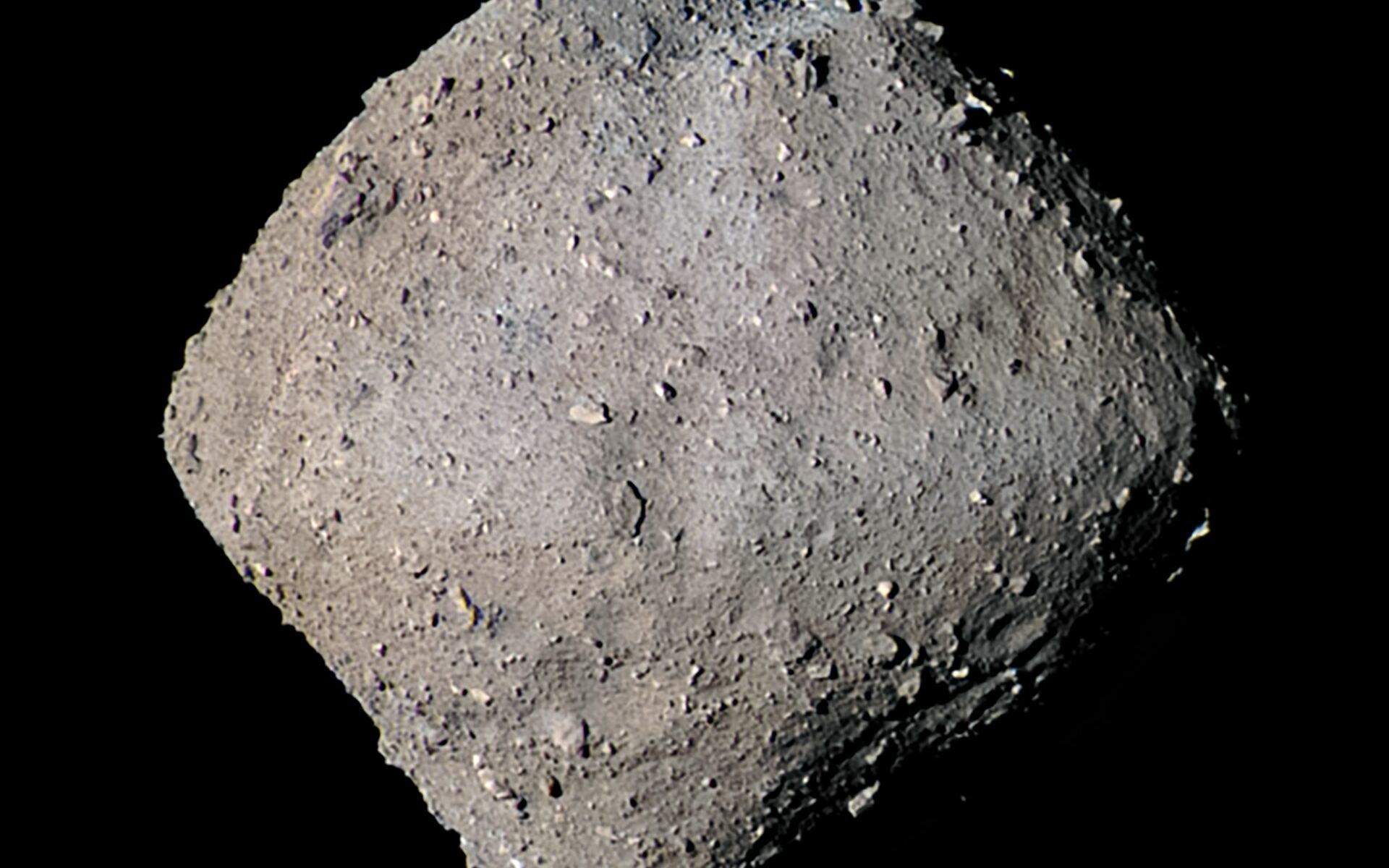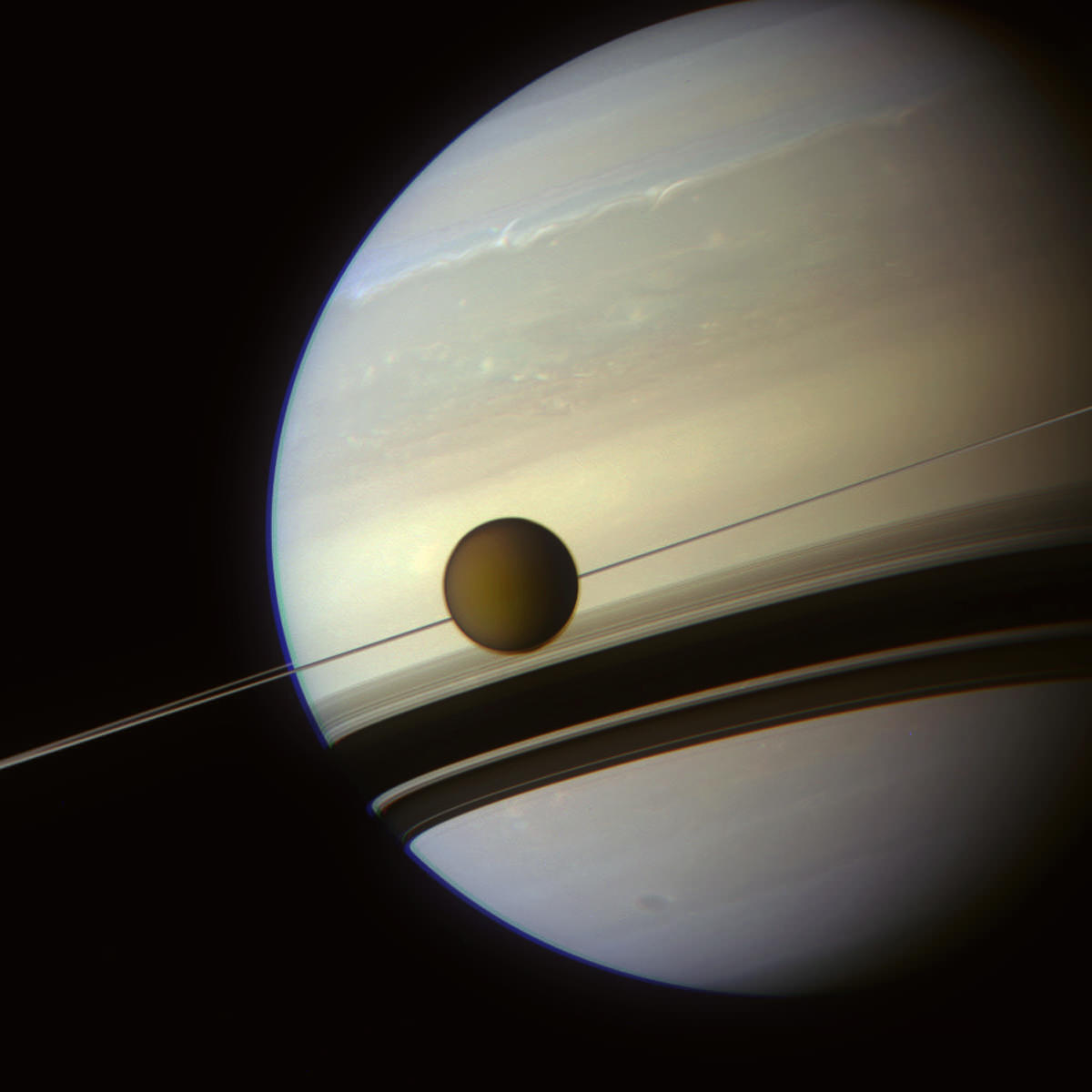Most of the diverse elements in the Universe come from supernovae. We are, quite literally, made of the dust of those long-dead stars and other astrophysical processes. But the details of how it all comes about are something astronomers strive to understand. How do the various isotopes produced by supernovae drive the evolution of planetary systems? Of the various types of supernovae, which play the largest role in creating the elemental abundances we see today? One way astronomers can study these questions is to look at presolar grains.
Continue reading “Learning More About Supernovae Through Stardust”Learning More About Supernovae Through Stardust










